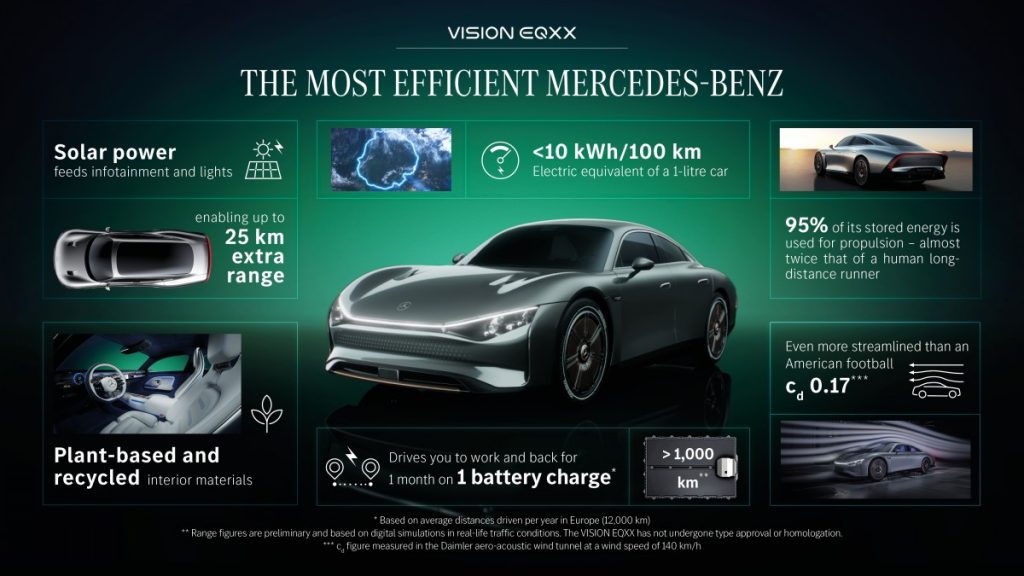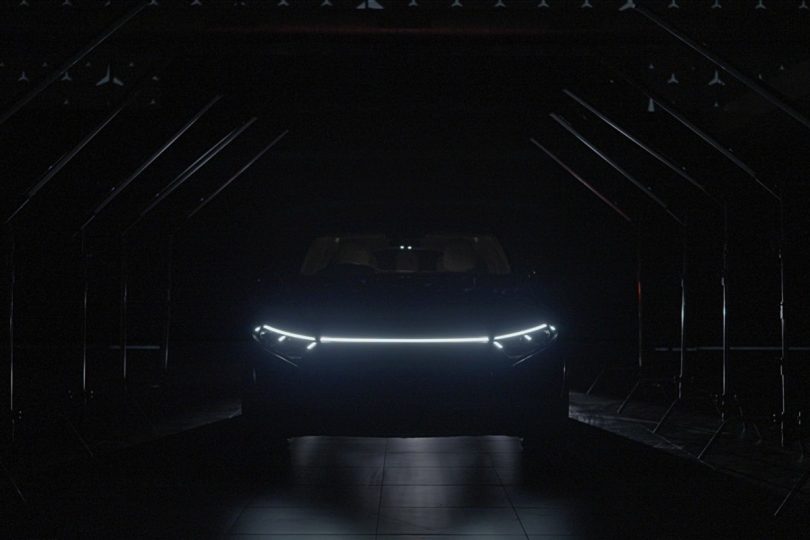Mercedes-Benz India luxury carmaker has big plans in the EV segment. It aims to increase its EV portfolio to eight models within the next year. Given the growing demand for electric vehicles in the market, Mercedes Benz aims to make the most out of it.
As it stands, Mercedes Benz is retailing close to 1,000 units annually. Now the target is to double its portfolio by adding four more models in the upcoming 8-12 months.
Currently, Mercedes Benz is importing the EQB, EQC and EQS 53 AMG. Meanwhile, the EQS 580 is following the ‘Make in India’ initiative. As per Mercedes-Benz, all its models have a waiting period of 3-6 months. This pretty much justifies the demand and growing popularity of Mercedes Benz in India.
Mercedes Benz New Products In The Lineup
For the upcoming year, i.e., 2023, the company aims at bringing in 10 new models. Of these, electric vehicles will play the key role and act as the key pillars of its product offensive. In the internal combustion engine space, Mercedes Benz will bring in two new products. This is the new generation GLC and the GT63 AMG e-Performance – with a plug-in hybrid.
Mercedes-Benz also talked about its EV sales and is quite happy with the response. They are targeting 25 per cent of their total sales to come from EVs in the next four years, which is quite impressive. With the world of automotive going towards full EV by 2030-2032, this transition is slowly taking place in India as well. But one key point they mentioned is that, if the need arises, and some markets have a preference for ICE cars, they will remain flexible.
Mercedes Benz And Its Sales In The Indian Market
Currently, for 2022, India was the fastest-growing market for Mercedes-Benz. The growth figure for that period stood at 41 per cent. And now with the updated and new products, Mercedes Benz is expecting double-digit growth to continue in 2023.
Also Read: Tata Motors hikes Commercial Vehicles prices due to BS6 Phase II Emission Norms.



